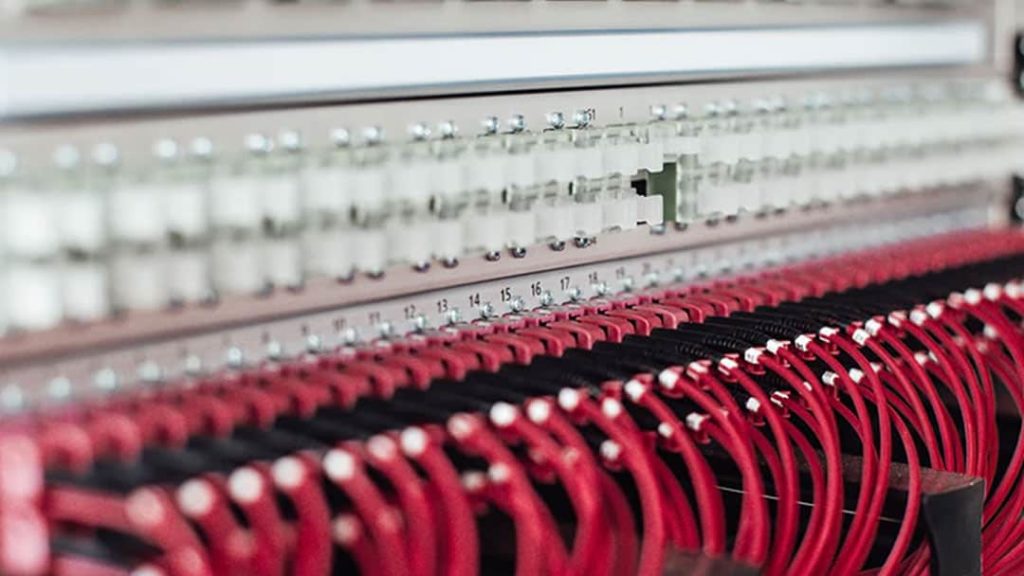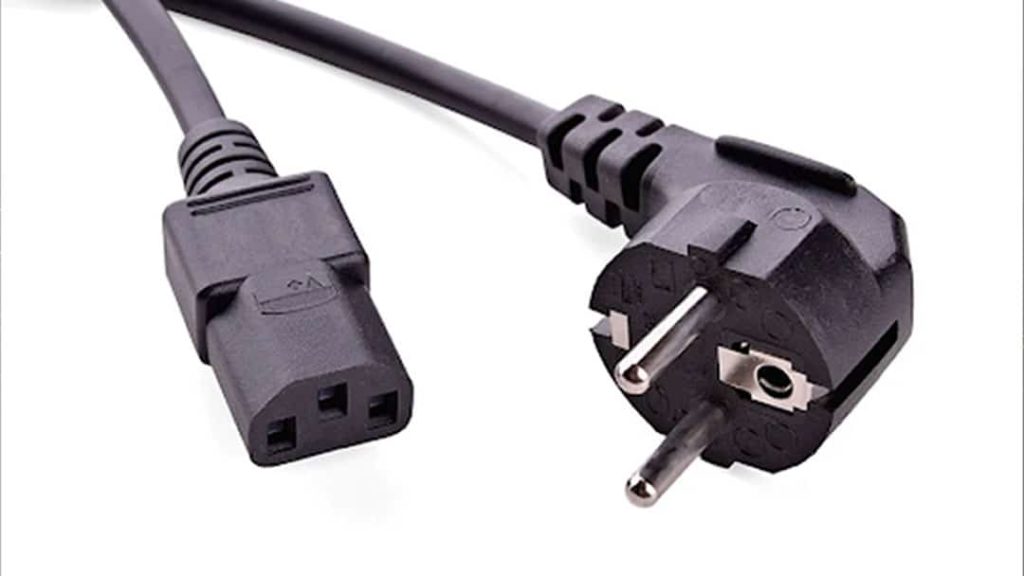Modern electrical systems are fairly reliable, and most of us don’t give them a second thought until they fail. But as we actively work to find alternative energy sources, working to become more sustainable by replacing carbon energy with greener methods, or simply delivering energy more efficiently to power modern technology, we need to know more about how it works.
For example, our current electrical infrastructure in the US is based on a 60Hz alternating current. It’s worked well for decades and is sufficient for the needs of nearly every household in America. But the energy requirements of big data centers that power technology and business need something different. And that’s where three-phase power comes in.
What is 3 Phase Power?
Three-phase power is a method of generating and transmitting electricity. Anyone in the energy business is familiar with the concept and its complexity over single-phase systems. Still, with the right formula, it isn’t impossible. A three-phase circuit provides better power density, allowing more energy to be delivered with the same amperage and wiring size (and therefore costs) of a single-phase system.
To calculate three-phase power, you need to know the values for watts, amps, voltage, and power factor. Let’s break those down and see what we are talking about. A watt is a measurement of power. In electricity, watts refer to the rate of power per ampere. Ampere, or simply amps, is a unit of measure for electrical current. Voltage is the force from a power source that pushes an electrical current of charged electrons through a loop. And a power source refers to the conversion device that turns electric energy into useful mechanical motion.
Related: Single-Phase vs. Three-Phase Power [Ultimate Guide]
The Three-Phase Power Formula
Calculating three-phase power is a simple calculator of power using amps, voltage, and power factor. Power equals the square root of three multiplied by the power factor, multiplied by amperage (I), multiplied by voltage (V):
P = √3 x pf x l x V
When calculating power, you should not expect to use the full current or power rating. Specifically, a reasonable buffer of 20% should be applied to your final calculations.
C&C Technology Group is helping build the data centers of the future, beginning with strategic planning for future growth. We can help you design a flexible solution that meets your needs today and as technology evolves.
Three-Phase vs. Single-Phase for High-Density Data Centers
Technology is the primary driver for exploring new methods of efficiency in delivering energy. Between the demands of large-scale electric vehicle roll-out and high-density data centers, it’s time to rethink energy delivery to ensure that power distribution units (PDU) can handle the demands of new equipment.
Currently, organizations can choose between single-phase and three-phase incoming power. In high-density environments, the three-phase power provides greater incoming energy without raising the costs of the delivery. Three-phase power also reduces losses by balancing loads which allows high-density environments to optimize utilization.
The great thing about three-phase power is that it allows you to run today’s technology on 120V AC with room to upgrade to 208V AC as needs change in the future. Positioning your data center to make this transition without downtime is a step in the right direction for your future. And what’s even better is that it’s not likely to cost significantly more.
Electricians will need to install AC cabling regardless of whether you choose single-phase or three-phase energy inputs. The installation time and materials will be comparable because three-phase energy doesn’t require larger wires in order to be able to send more energy. Simply put, the amount of power that a 3-phase input can deliver is almost twice the capability of a single-phase input.
Related: Server Room Temperature: Guide to Important Ranges
Why You Need to Calculate 3-Phase Power
When building a data center, calculating power needs and the bandwidth of 3-phase power to fulfill those needs is an integral step in the planning process. Think about preparing a Thanksgiving dinner. If you’re tasked with cooking, you will spend some time calculating how many guests are expected and how much food you will need to prepare.
It’s basically the same scenario when planning a data center. You’ll need to know how many servers you’ll be running and how much electricity they need. This is where calculating three-phase power comes in handy.
Electricity is expensive, and the prices are steadily rising. And not only that, but it can be dangerous. If you flub your numbers during the planning and fail to provide sufficient power, you’ll likely end up damaging expensive server equipment. If you try to cheat the system and overload circuits, you’ll start a fire. And worst of all, if you spend money building a new data center that fails to meet your capacity needs, the whole project is a waste.
Three-phase power is one way to increase energy efficiency in your data center. But it’s not a substitute for green initiatives like:
- Improving Cooling Efficiency Using Best Practices
- Powering Off Idle IT Equipment
- Consolidating Equipment
- Purchase IT Assets Equipped with High-Efficiency Power Supply
Related: Data Center Cabling Best Practices
3 Phase Power – Final Thoughts
Three-phase power is being touted as the solution for providing electricity to high-density data centers that leave room for growth. While it’s challenging, if not impossible, to predict the future of technological advancement, most experts agree that the future is in replacing 120V AC with 208V AC.
Three-phase power is an effective solution that offers a cost-effective way to make this transition using wiring capable of both the current 120V setup and the future 208V setup. The bottom line is that you should be considering three-phase power for your data center during the planning, and this simple calculation can help you make sure your bases are covered.
C&C Technology Group is a team of designers, project managers, and procurement specialists working together to build better infrastructure for the future of data center technology. Our team is committed to building relationships built with transparency and honesty.
Last Updated on June 8, 2023 by Josh Mahan




